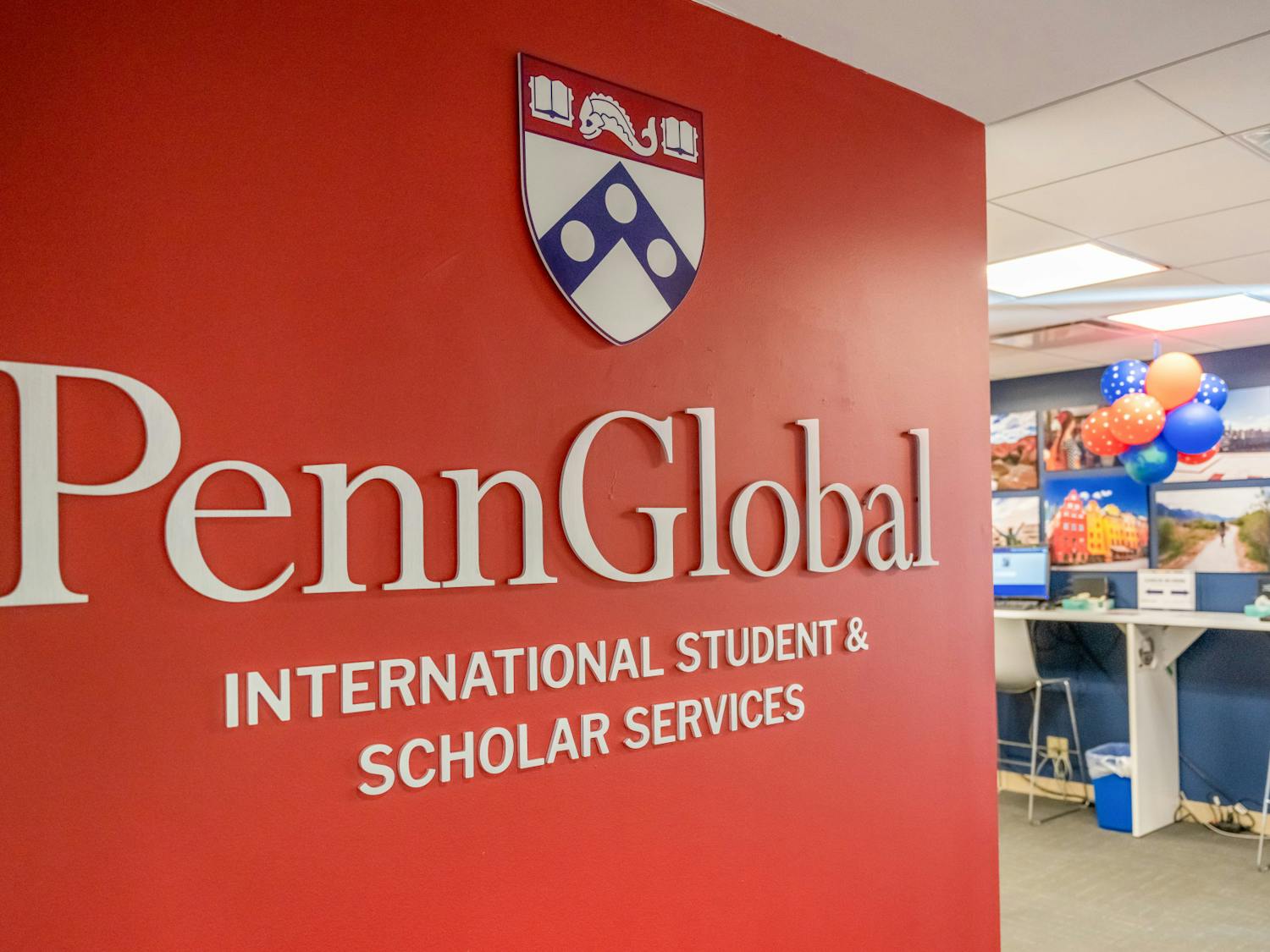In a delicate combination of hard work and serendipity, University researchers have determined the structure of an elusive molecular "switch" that turns genes "on" and "off" inside cells. After more than a decade of painstaking trial and error, Biochemistry and Biophysics Professor Mitchell Lewis, Chemistry Professor Ponzy Lu and their team of graduate researchers constructed a three-dimensional picture of one of the most famous proteins in modern genetics. The protein, called the lactose repressor, attaches to DNA and physically blocks access to genes which allow a common intestinal bacteria to digest lactose, a protein found in milk. This system, called the lac operon, is one of the most carefully studied genetic systems in nature. But the discovery has wider implications because similar systems have been found to control genetic expression in humans. According to Lu, the discovery gives researchers a new tool to fight genetic diseases in humans. Lewis described the process as similar to changing a lock. The structure of the repressor would be chemically altered to block the effects of new DNA -- just like making a key to fit into a new lock. This is similar to what drug companies currently do with other types of chemicals, Lewis said. Lu compared his research on the protein to pure "magic," akin to finding a complete dinosaur skeleton as opposed to scattered bone fragments. According to Lu, the difficult process involved making crystalline structures of the protein, and then viewing X-ray photographs -- but the pictures were often incomplete. Microbiology Professor Helen Davies said that the ability to see how such a well-studied protein actually functions is astounding. "It's like seeing the photograph of a pen-pal who you never met but always knew was there," she said. According to Lu, the protein acts like a set of pincers. When a sugar molecule combines with the repressor, it causes the tongs to open and releases the strand of DNA. Lu emphasized the importance of the graduate students who participated in the research. "[The graduate students] did all of the work and [Lewis and I] just yelled at them," he said.
The Daily Pennsylvanian is an independent, student-run newspaper. Please consider making a donation to support the coverage that shapes the University. Your generosity ensures a future of strong journalism at Penn.
Donate







